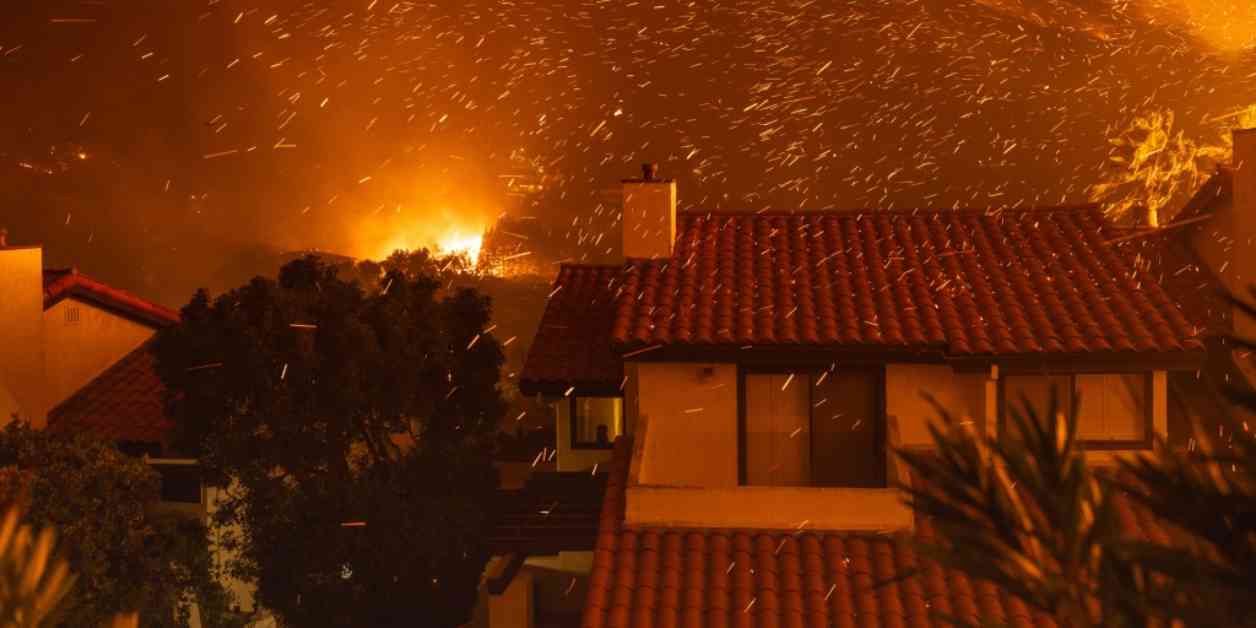Uncovering the Destructive Force of Santa Ana Winds
On January 9, 2025, at 6:57 PM UTC, Southern Californians were once again reminded of the powerful and destructive force of the Santa Ana winds. Every year between fall and spring, these dry gusts sweep through the region, causing discomfort like runny noses and watery eyes, but also posing a serious threat to safety. These winds, unique to the western U.S. due to its geography, become particularly dangerous when coupled with other climate conditions such as drought, leading to an increased risk of wildfires.
This year, the Santa Ana winds have been more widespread and intense than usual, with gusts at times approaching hurricane strength. The dry winter conditions only exacerbated the situation, creating the perfect environment for wildfires to spread rapidly. As a result, around 29,000 acres have already been scorched by fires in the Los Angeles area.
The Science Behind the Santa Ana Winds
The Santa Ana winds originate in the Great Basin, encompassing parts of Nevada and Utah, before descending downhill towards Southern California in cooler months. As the air is forced through mountain passes and canyons, it gains speed and loses moisture, becoming hot and dry. By the time it reaches Southern California, the winds can reach speeds of up to 40 mph, with even stronger gusts.
Impact and Experts’ Insights
Mark Gold, the director of water scarcity solutions at the Natural Resources Defense Council, explains that the low-moisture content in the vegetation during dry periods creates highly vulnerable conditions for wildfires. When combined with a strong Santa Ana wind, the situation becomes a nightmare for firefighters.
Robert Fovell, a professor of atmospheric and environmental sciences at the University of Albany, highlights that this year’s winds were able to travel further than usual, targeting areas like the San Gabriel Mountains and foothills around Eaton Canyon. Tripti Bhattacharya, an associate professor of earth and environmental sciences at Syracuse University, predicts that while the Santa Ana winds may not worsen in intensity, the overlap with the fire season will increase, leading to more devastating blazes in the future.
Looking Ahead
As Californians face the extended fire season and the looming threat of Santa Ana winds, it is crucial to remain vigilant and prepared for potential emergencies. Understanding the science behind these winds and their impact on wildfires can help communities stay safe and mitigate risks in the face of natural disasters.
Aria Bendix, the breaking health reporter for NBC News Digital, emphasizes the importance of staying informed and proactive in the face of climate-related challenges like the Santa Ana winds. Stay safe, stay informed, and be prepared for whatever Mother Nature may bring your way.

